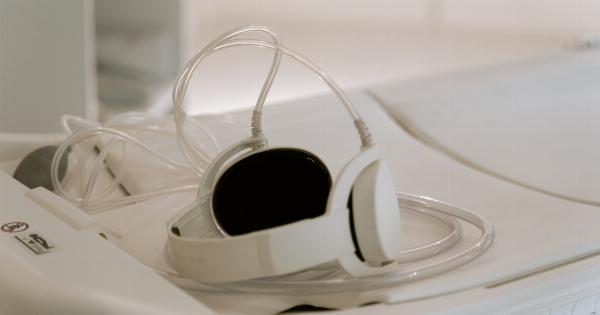With the widespread adoption of wireless technology, concerns about its potential health effects have become more prevalent.
Among the various concerns, pregnant women often wonder if exposure to Wi-Fi radiation can harm both themselves and their unborn children. In this article, we will explore the topic in depth and provide an evidence-based analysis of the potential risks.
Understanding Wi-Fi Radiation
Wi-Fi, short for wireless fidelity, is the technology that allows electronic devices to connect to the internet without the need for a physical connection.
It works by transmitting data using radiofrequency (RF) waves, which are a form of electromagnetic radiation. These waves have a lower frequency and less energy compared to other types of radiation, like X-rays or gamma rays.
Is Wi-Fi Radiation Harmful?
The safety of Wi-Fi radiation has been a subject of extensive scientific research over the years.
The consensus among numerous international health organizations, including the World Health Organization (WHO) and the American Cancer Society, is that exposure to Wi-Fi signals at typical levels does not pose any established health risks.
Studies on Wi-Fi and Pregnancy
Researchers have conducted several studies specifically evaluating the effects of Wi-Fi radiation on pregnant women and their unborn children.
While the available scientific literature is limited, the overall evidence suggests that Wi-Fi exposure during pregnancy is unlikely to cause harm.
Mother’s Health
One concern is if Wi-Fi radiation affects the health of pregnant women. However, studies have not found any consistent evidence linking Wi-Fi exposure to adverse health effects in expecting mothers.
The majority of research supports the notion that pregnant women can use Wi-Fi devices without significant health risks.
Effects on Fetal Development
Another aspect of concern is the potential impact of Wi-Fi radiation on fetal development. Human studies in this area are scarce, making it difficult to draw definitive conclusions.
However, existing experiments conducted on laboratory animals have not demonstrated consistent evidence of harmful effects on fetal development from Wi-Fi exposure.
Electromagnetic Field (EMF) Exposure
In addition to Wi-Fi radiation, pregnant women are exposed to various other sources of electromagnetic fields (EMF), such as household appliances, power lines, and mobile phones.
The collective exposure to multiple sources could result in cumulative EMF exposure. However, current evidence indicates that typical levels of EMF, including those from Wi-Fi, do not pose substantial risks during pregnancy.
Possible Precautions
Although the existing scientific literature suggests that Wi-Fi exposure is unlikely to be harmful during pregnancy, some pregnant women may still prefer to take precautionary measures. If you are concerned, you can consider the following steps:.
1. Limiting Exposure
To reduce exposure to Wi-Fi radiation, limit unnecessary usage of wireless devices and keep a reasonable distance from routers or access points. Avoid placing them directly near your sleeping area or at close proximity for an extended period.
2. Wired Connections
Opt for wired connections whenever feasible, such as connecting your computer directly to the modem using an Ethernet cable. This way, you can avoid Wi-Fi radiation altogether.
3. EMF Shielding Products
Some individuals opt for specialized products like EMF shielding fabrics or curtains that claim to reduce exposure to electromagnetic fields.
While these products are available in the market, their effectiveness in real-world scenarios is still a topic of debate and further research.
Conclusion
Based on the current scientific evidence, Wi-Fi radiation at typical levels is not known to pose any significant health risks to pregnant women or their unborn children.
Multiple studies have failed to establish a clear causal link between Wi-Fi exposure and adverse outcomes during pregnancy. However, individuals with concerns can take precautionary measures like limiting exposure and using wired connections whenever possible.






























